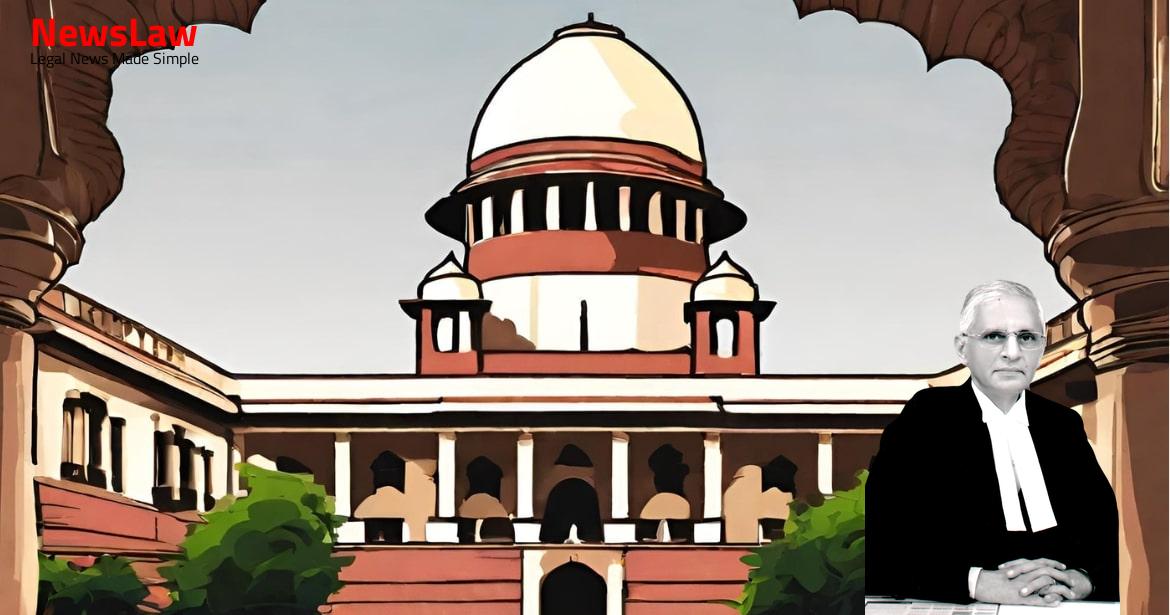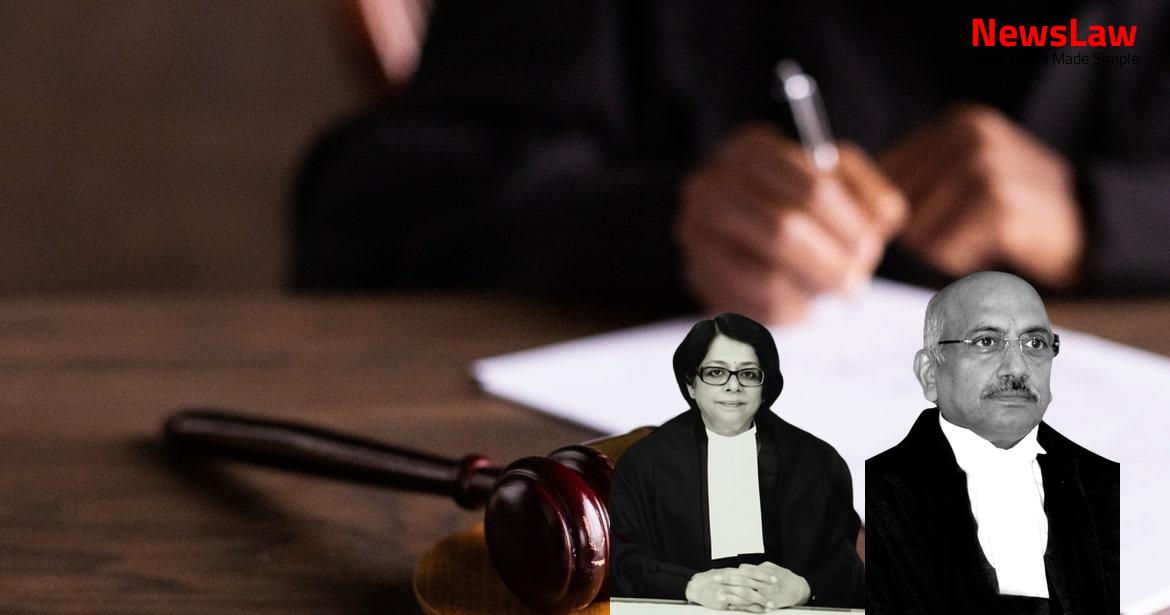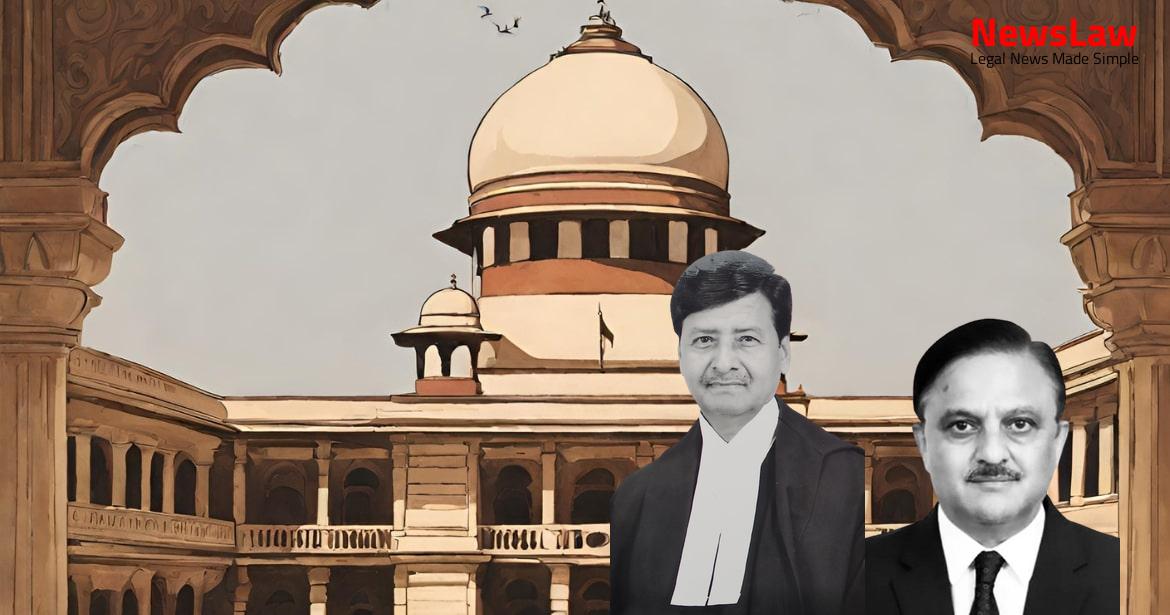Explore a detailed legal analysis on protecting Eco-Sensitive Zones through the lens of court judgments and experts’ reports. Discover how the National Green Tribunal’s assessments ensure the preservation of delicate ecosystems and adherence to environmental regulations. Follow the journey of upholding environmental laws and principles in sensitive areas for sustainable development and nature conservation.
Facts
- The ESZ Notification was issued to regulate activities in the Eco-Sensitive Zone (ESZ) surrounding Mount Abu.
- The ESZ Notification outlined boundaries of the ESZ and activities to be regulated within it.
- Preparation of a new Zonal Master Plan (ZMP) was envisaged for restoration and conservation efforts within the ESZ.
- The ZMP was challenged on grounds of non-conformity with the ESZ Notification, including allowing construction activities near heritage sites and change of land use by illegal structures.
- The objective of notifying ESZs is to protect the environment from irreversible degradation, promote sustainable development, and uphold public trust doctrine.
- The Expert Committee report declared the appellant’s land as unfit for construction based on wildlife ecosystem considerations.
- The Carrying Capacity Study was to be based on existing infrastructure, not on future projections requiring environmental or forest clearance.
- Appellant challenged the Expert Committee’s findings before relevant authorities.
- NGT modified the composition of the Expert Committee in response to challenges and submissions.
- The Zonal Master Plan 2030 for Mount Abu’s Eco-Sensitive Zone was challenged, leading to a series of legal proceedings and judgements by the NGT.
- The mandate of the Monitoring Committee constituted by the Union Government was to oversee and regulate activities within the ESZ.
- In sum, there were challenges and modifications related to the ZMP, ESZ Notification, Expert Committee findings, and legal proceedings before the NGT regarding activities within the Mount Abu ESZ.
- NGT directed ZMP 2030 to be brought in conformity within three months
- Expert Committee used high resolution satellite images to study change in land use at ten sites
- NGT accepted the authenticity of the Expert Committee Report and its reasons
- NGT recognized the purpose of designating ESZs to protect sensitive areas
- Appellant challenged the NGT’s findings on their land, review application was rejected
- NGT agreed with Expert Committee that conversion of green areas to non-green should be restricted, except in exceptional cases
- NGT emphasized the importance of maintaining STP
Also Read: Electoral Malpractices in Mayor Election
Arguments
- The appellant alleges that the Expert Committee Report favored others over the appellant by manipulating the absence of the column on bio-diversity.
- The appellant has not been granted clearances like other similar sites although the bio-diversity column is missing in the Expert Committee Report.
- The ESZ Notification and ZMP 2030 are highlighted as important frameworks for land use.
- The Expert Committee’s analysis and recommendations are founded on a scientific approach and the precautionary principle.
- The NGT order from November 2019, which reconstituted the Expert Committee Report, has attained finality.
- The Draft Report contains endorsements indicating the unsuitability of the site in question based on wildlife movements.
Also Read: Balancing Power and Transparency: Electoral Bonds Struck Down, Disclosure Mandated
Analysis
- NGT has jurisdiction over civil cases involving substantial environmental questions
- Enforcement of legal rights related to the environment falls under NGT jurisdiction
- Questions must arise from the implementation of specified enactments in Schedule I to the NGT Act
- The Expert Committee Report was essential in assessing the conformity of the ZMP 2030 with the ESZ Notification.
- The Expert Committee provided valid reasons for not allowing construction near the STP plant to preserve the eco-system.
- The NGT did not exceed its jurisdiction by evaluating the ZMP 2030 in line with the ESZ Notification.
- An Expert Committee determined that construction should not be allowed at a site to protect the eco-system, as mandated by the ESZ Notification.
- The report of the Expert Committee aligned with the precautionary principle outlined in the Rio Declaration on Environment and Development.
- The ESZ Notification underlines the ecological importance of Mount Abu and mandates protective measures to prevent environmental degradation.
- The Expert Committee highlighted unsuitability for construction in areas prone to soil erosion and recognized past environmental damage from developmental activities.
- The NGT is empowered to hear and resolve disputes under Section 14(2) related to environmental issues.
- The precautionary principle is a part of Indian jurisprudence based on specific articles of the Constitution.
- It requires the State to act in advance to prevent environmental harm.
- The State cannot use scientific uncertainty as an excuse for inaction.
- The State must create structures to guide environmental regulation in line with the ‘environmental rule of law’.
- Courts must make decisions to protect the environment based on available information despite scientific uncertainty.
- The State cannot refuse to act to preserve the environment due to lack of complete scientific data.
- If there is any indication of possible environmental degradation, the State must take action to prevent it from occurring.
- The Court directed the identification of ESZs across India to prevent irreversible harm from environmental degradation.
- The NGT’s judgment and order correctly directed the ZMP 2030 to be modified to conform with the ESZ Notification and the precautionary principle.
- The Expert Committee Report’s recommendation to disallow construction on the appellant’s land was upheld.
- There is no merit in the present appeal, and it shall stand dismissed.
Also Read: Recall of Resolution Plan Approval: Legal Analysis
Case Title: PRAGNESH SHAH Vs. ARUN KUMAR SHARMA (2022 INSC 47)
Case Number: C.A. No.-007724-007725 / 2021



